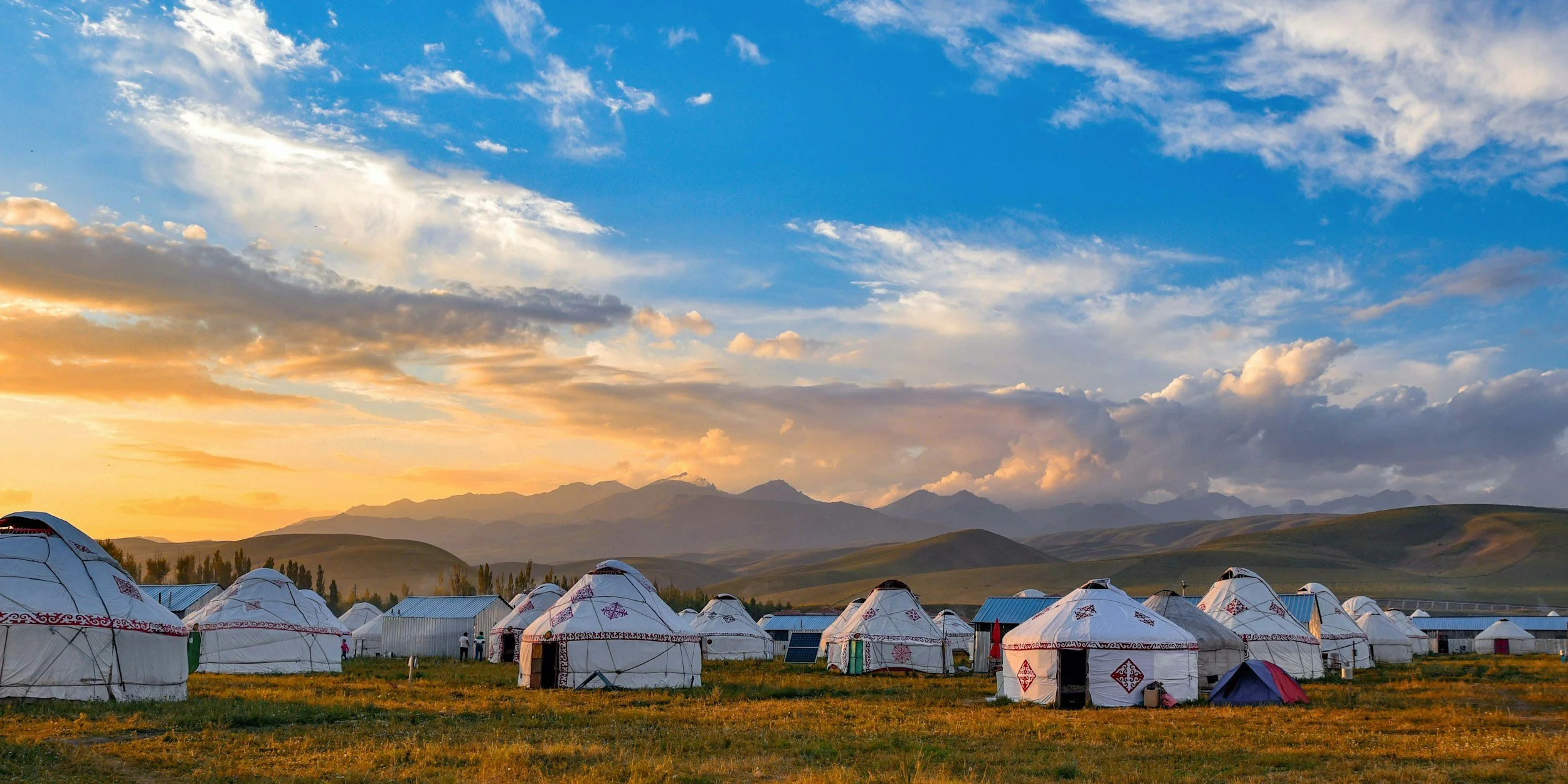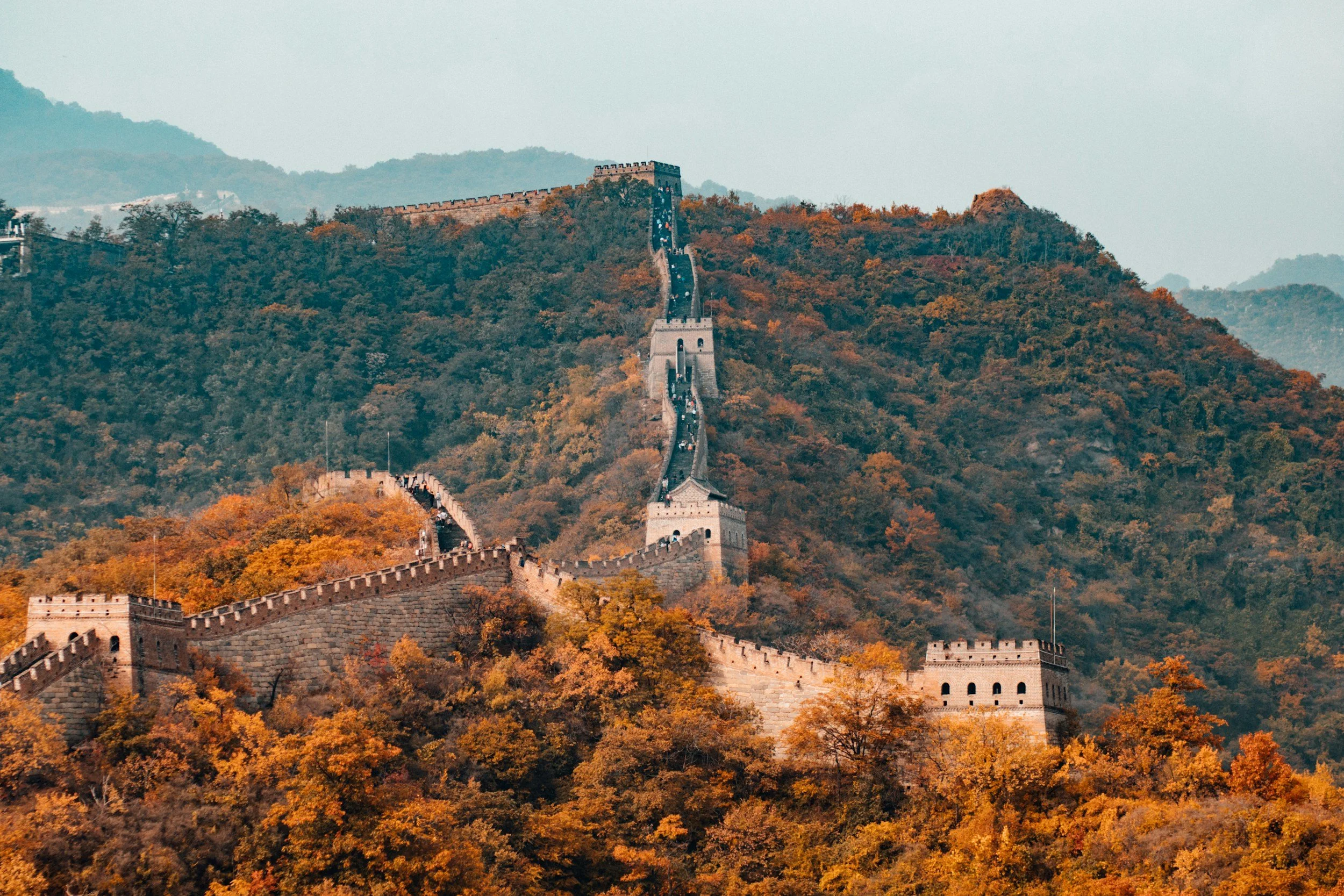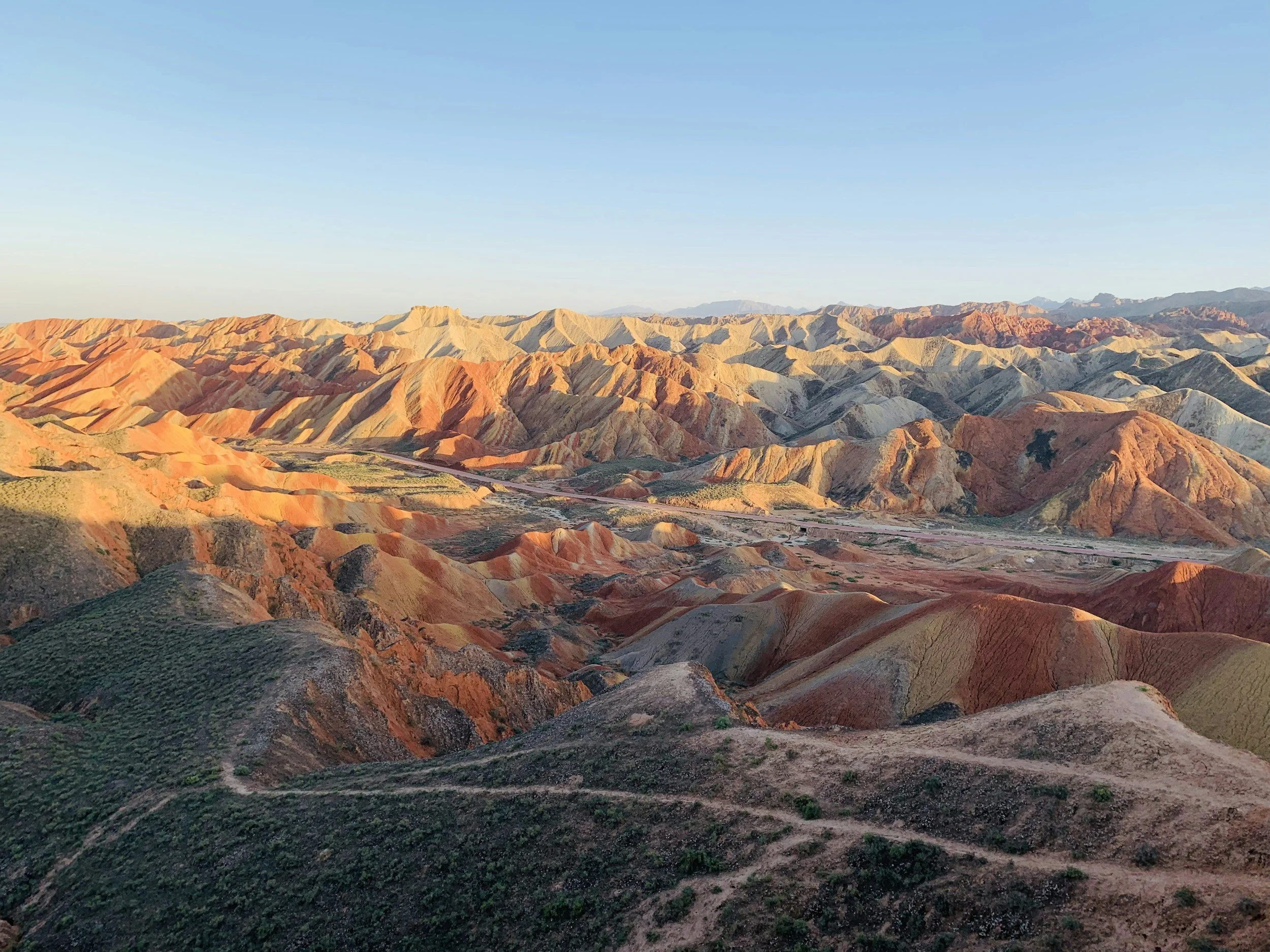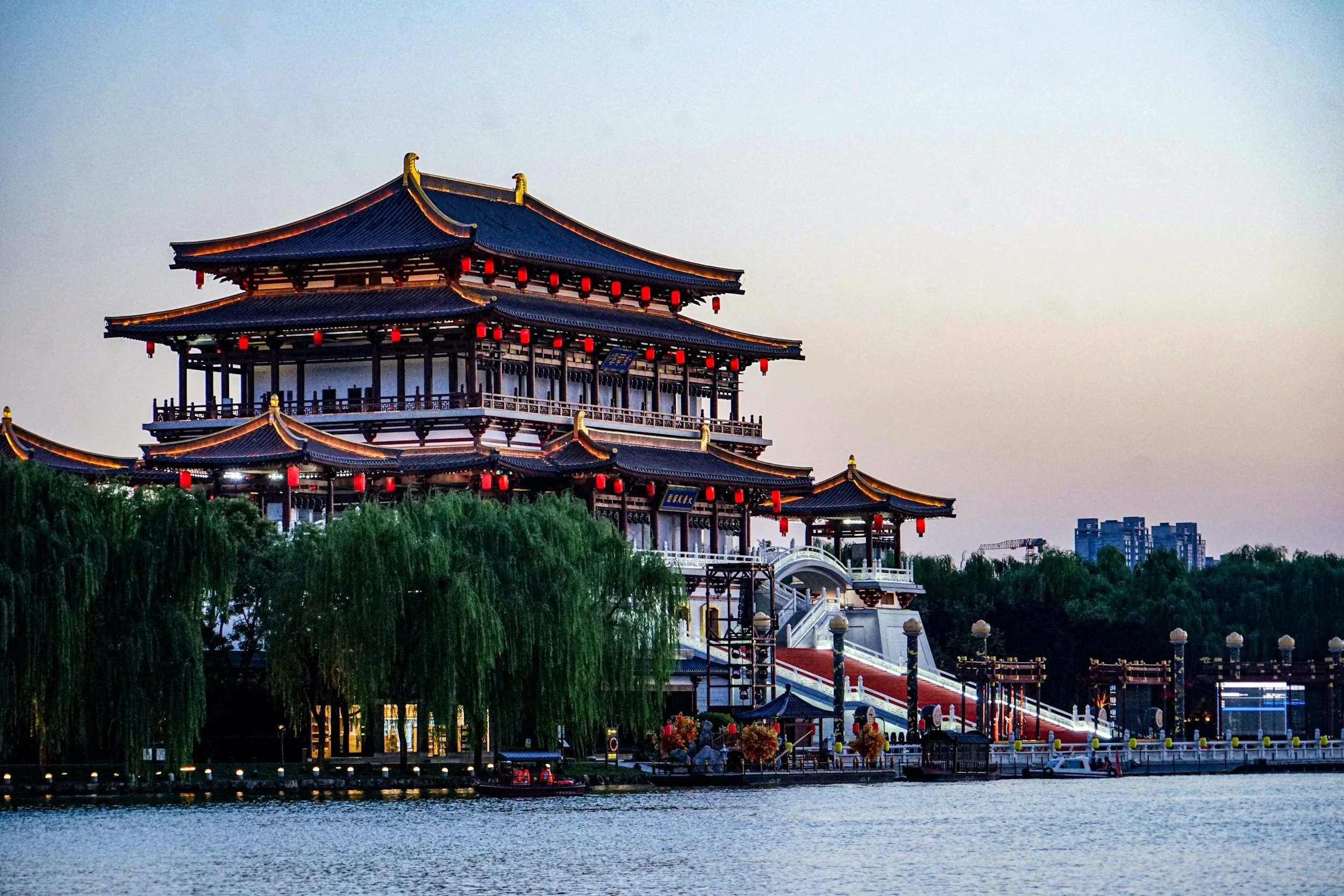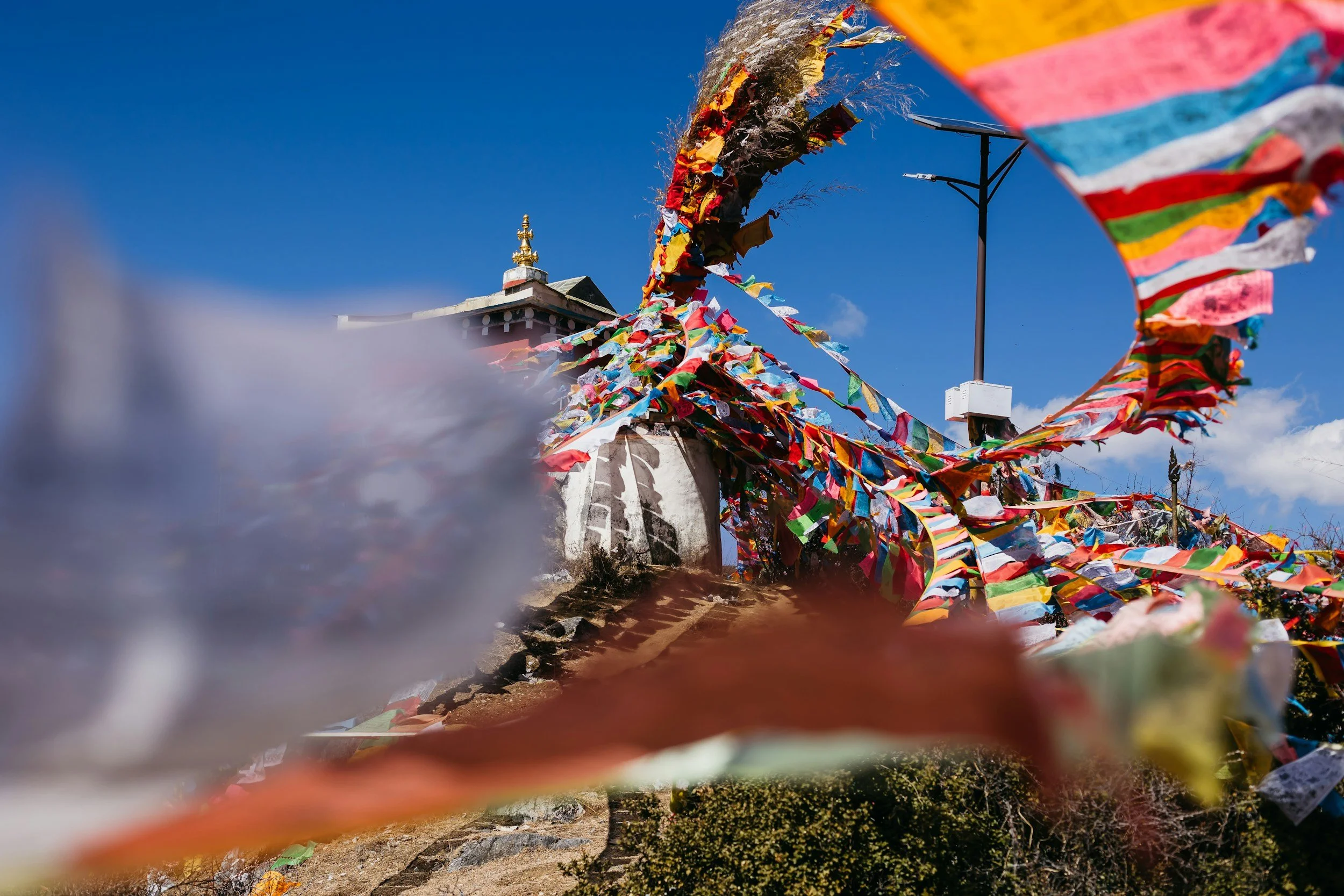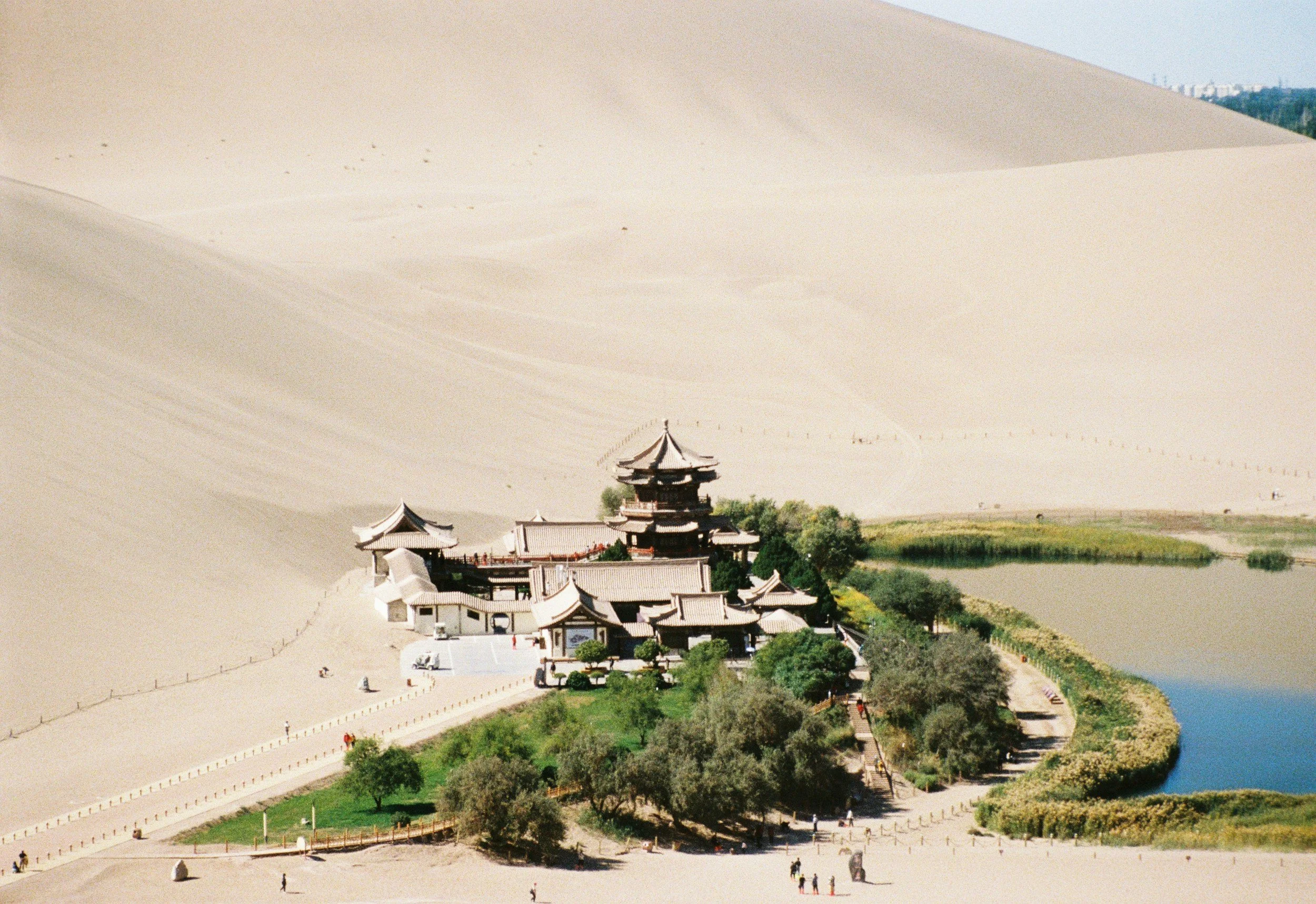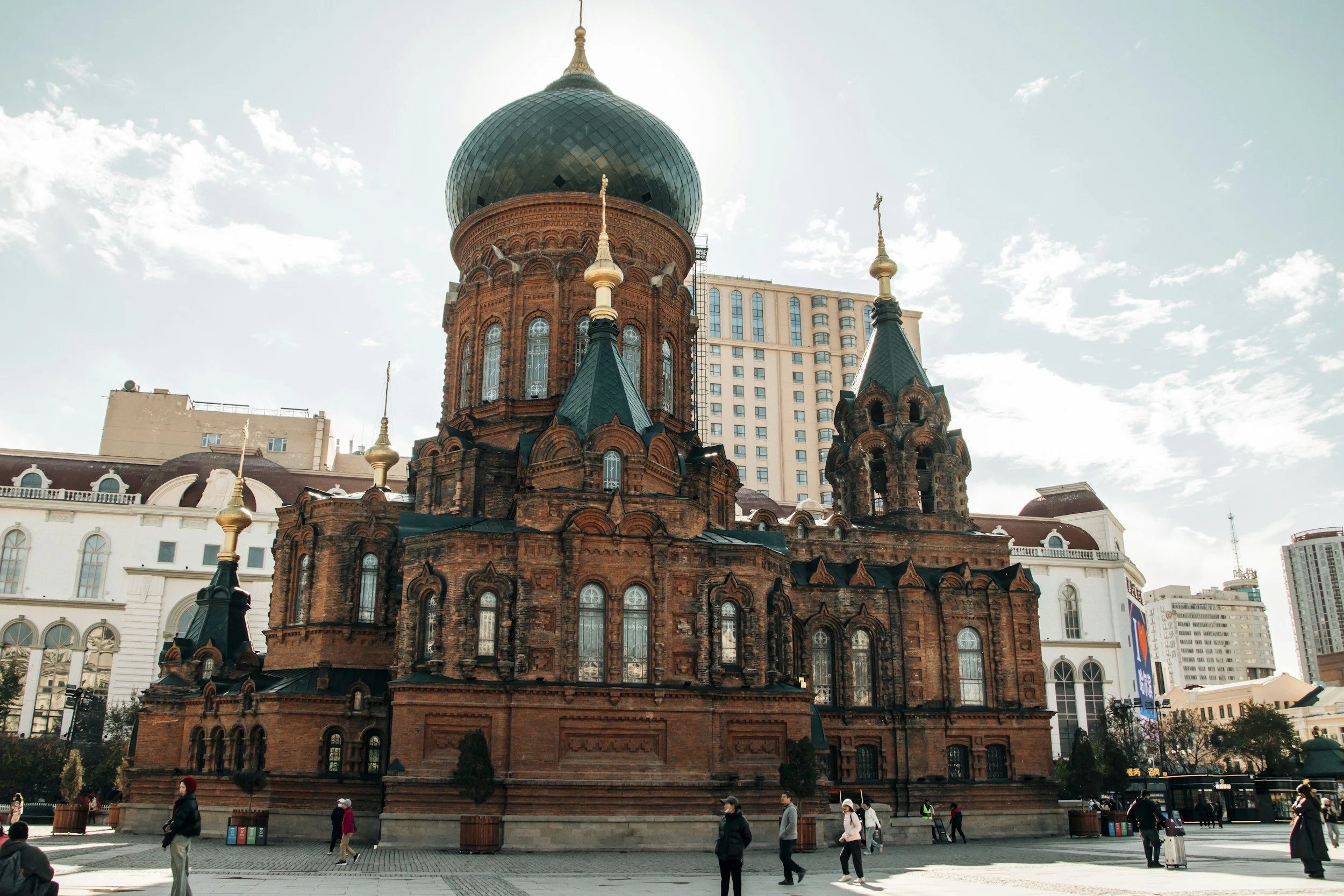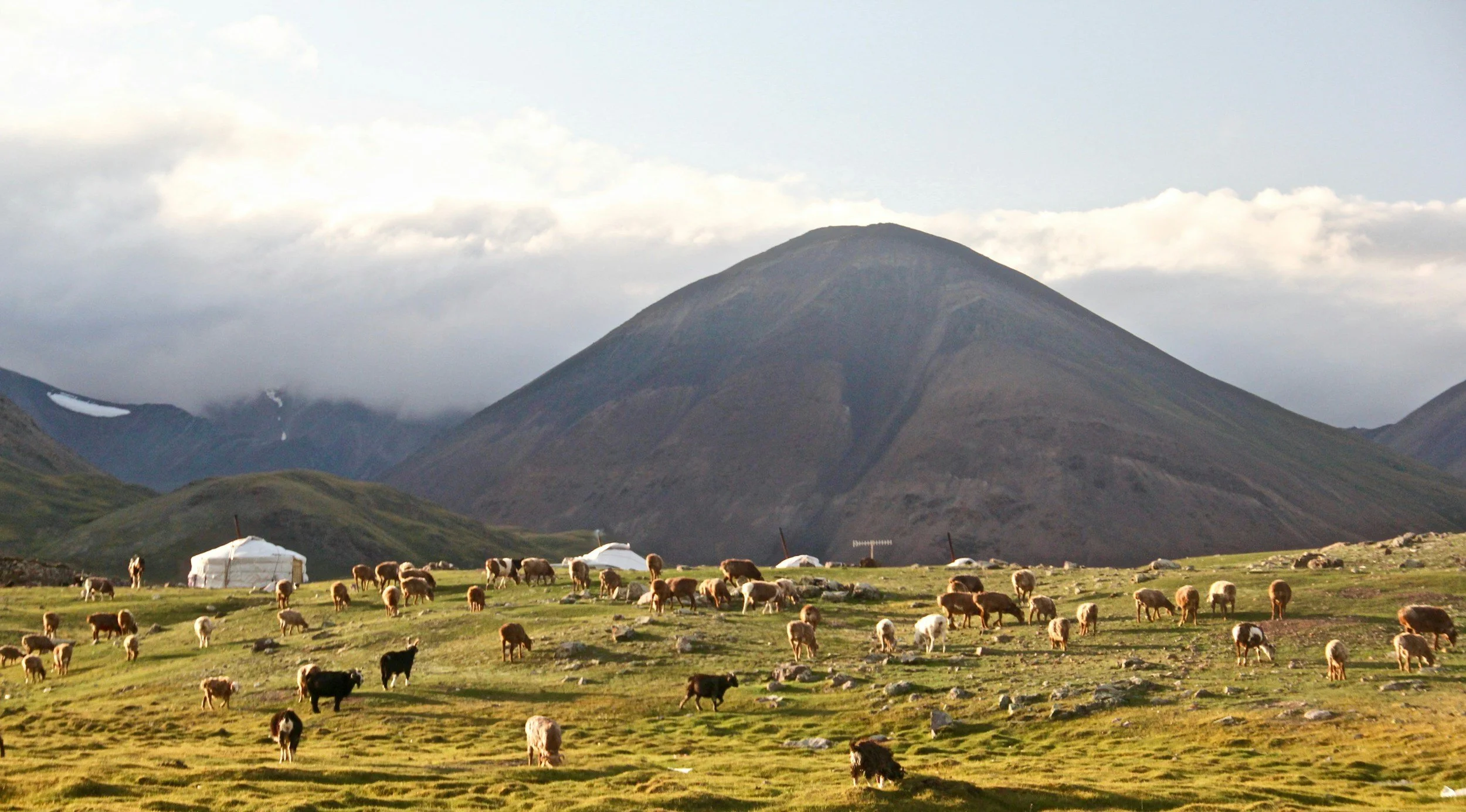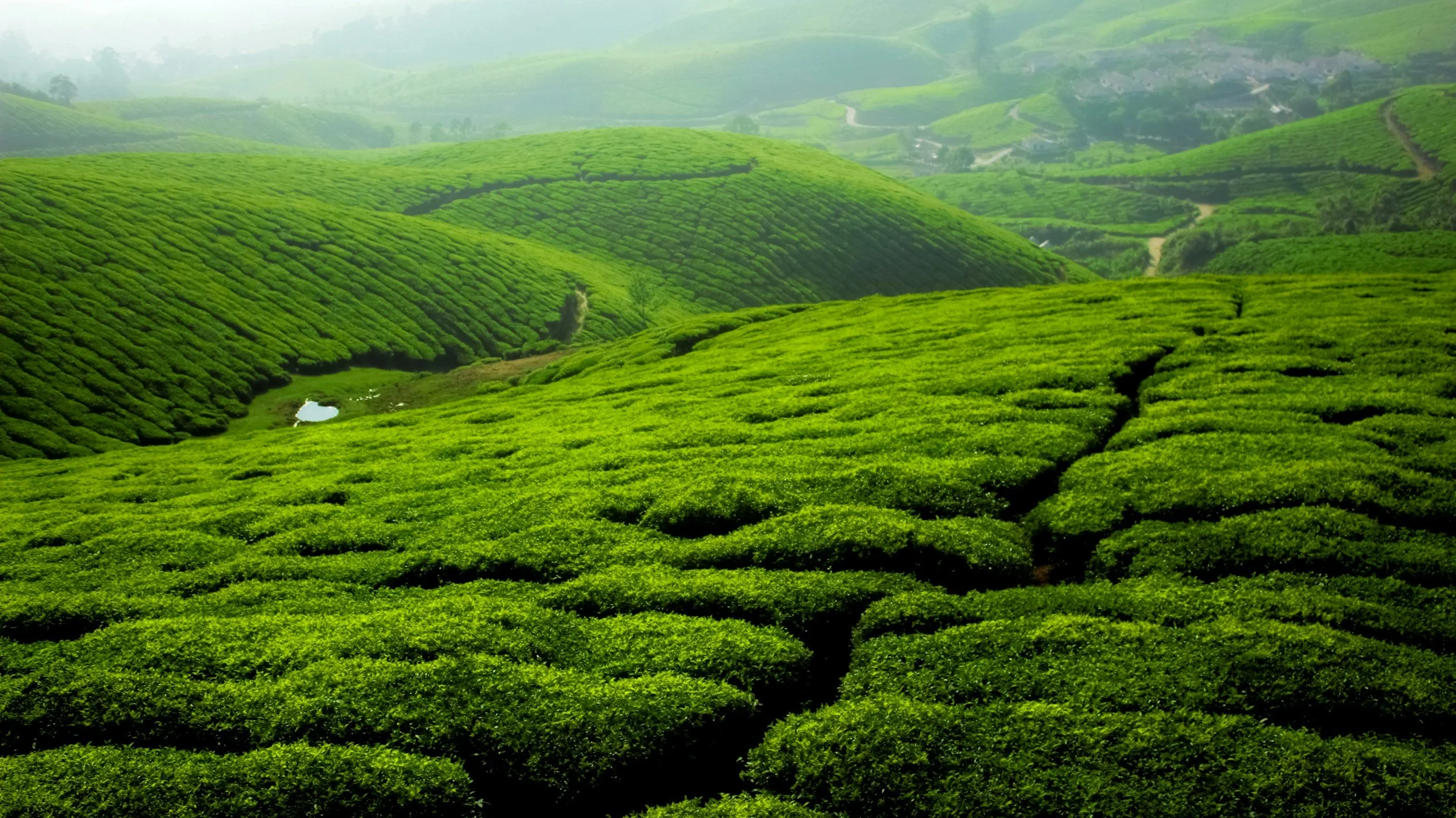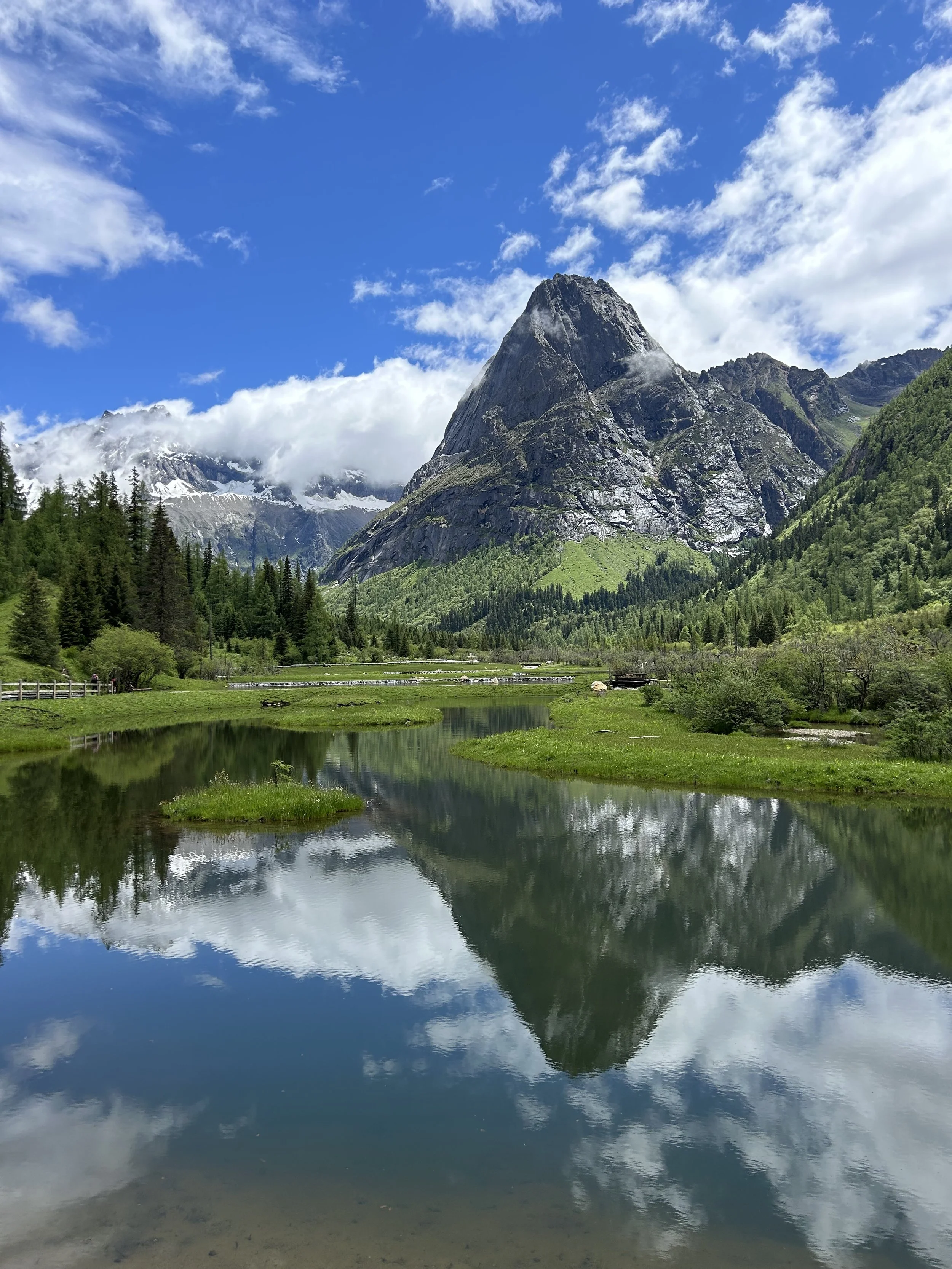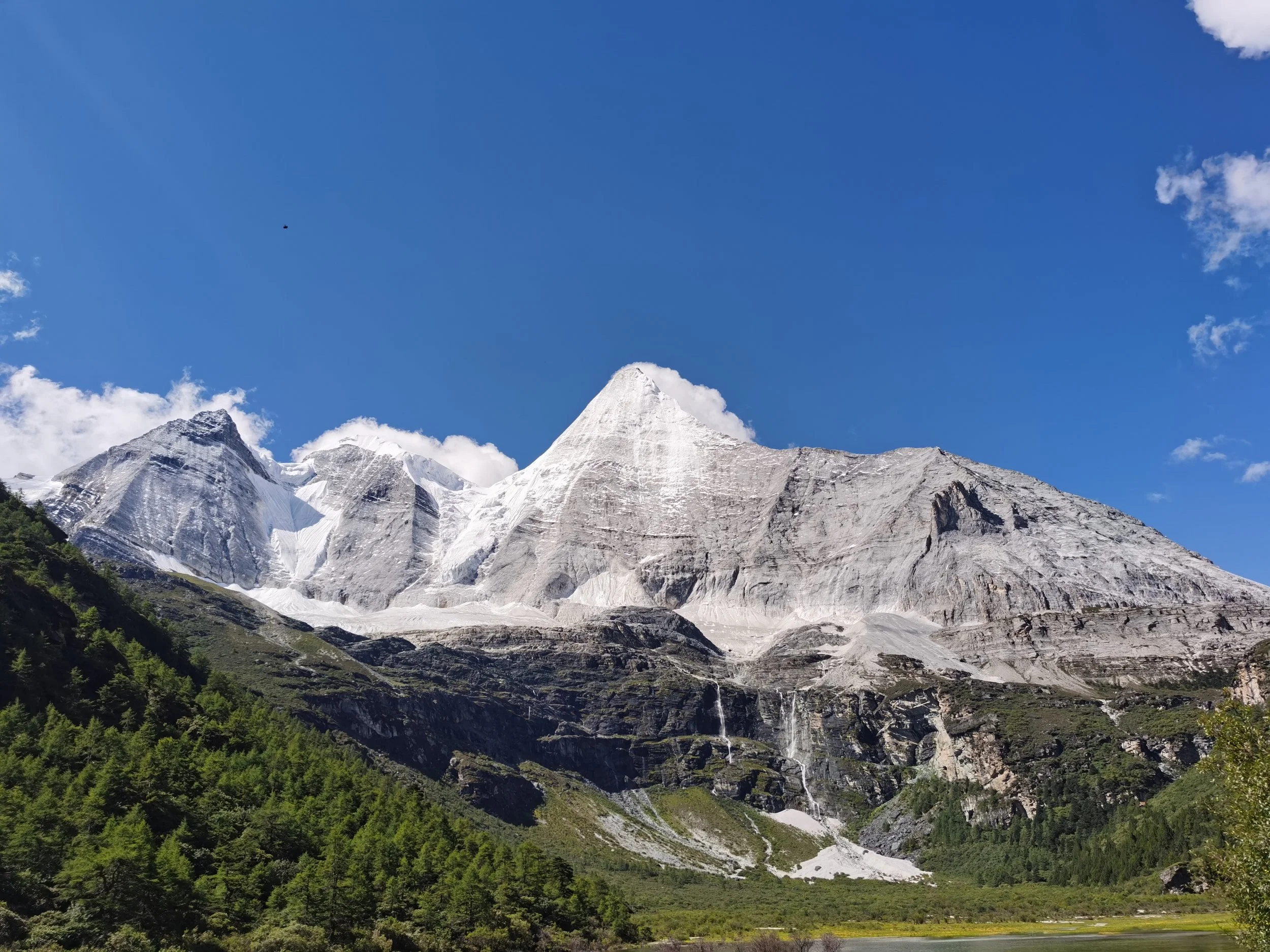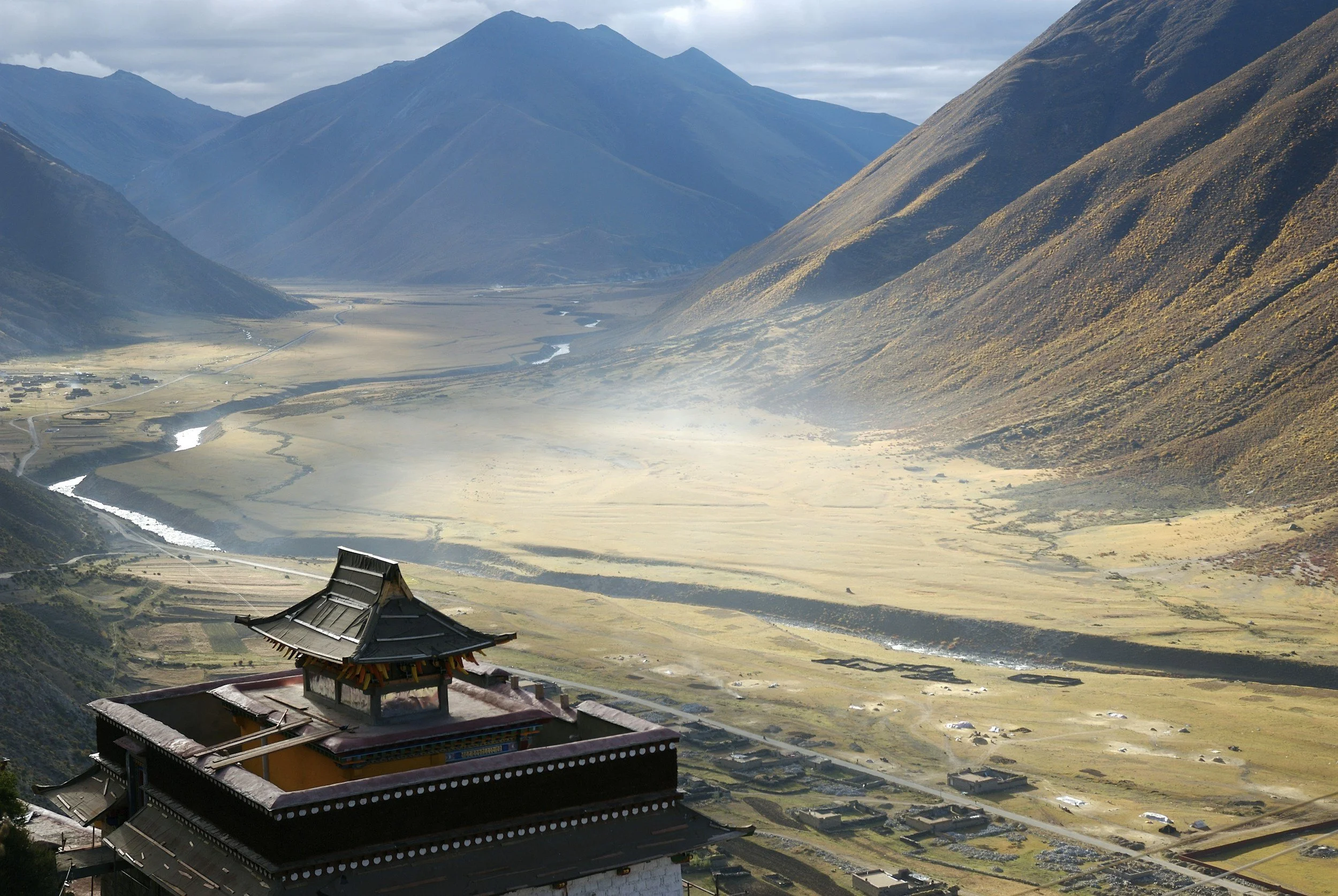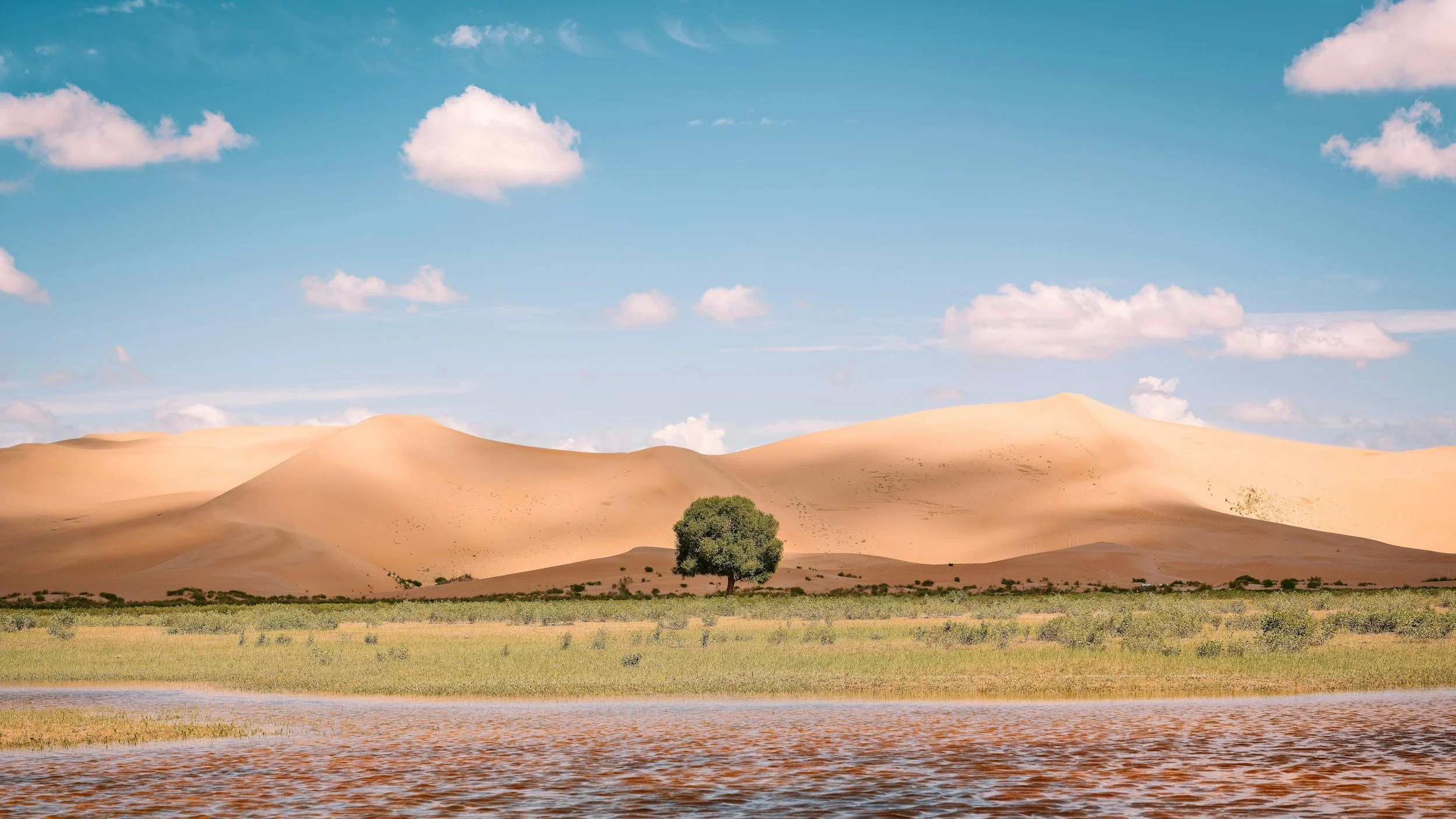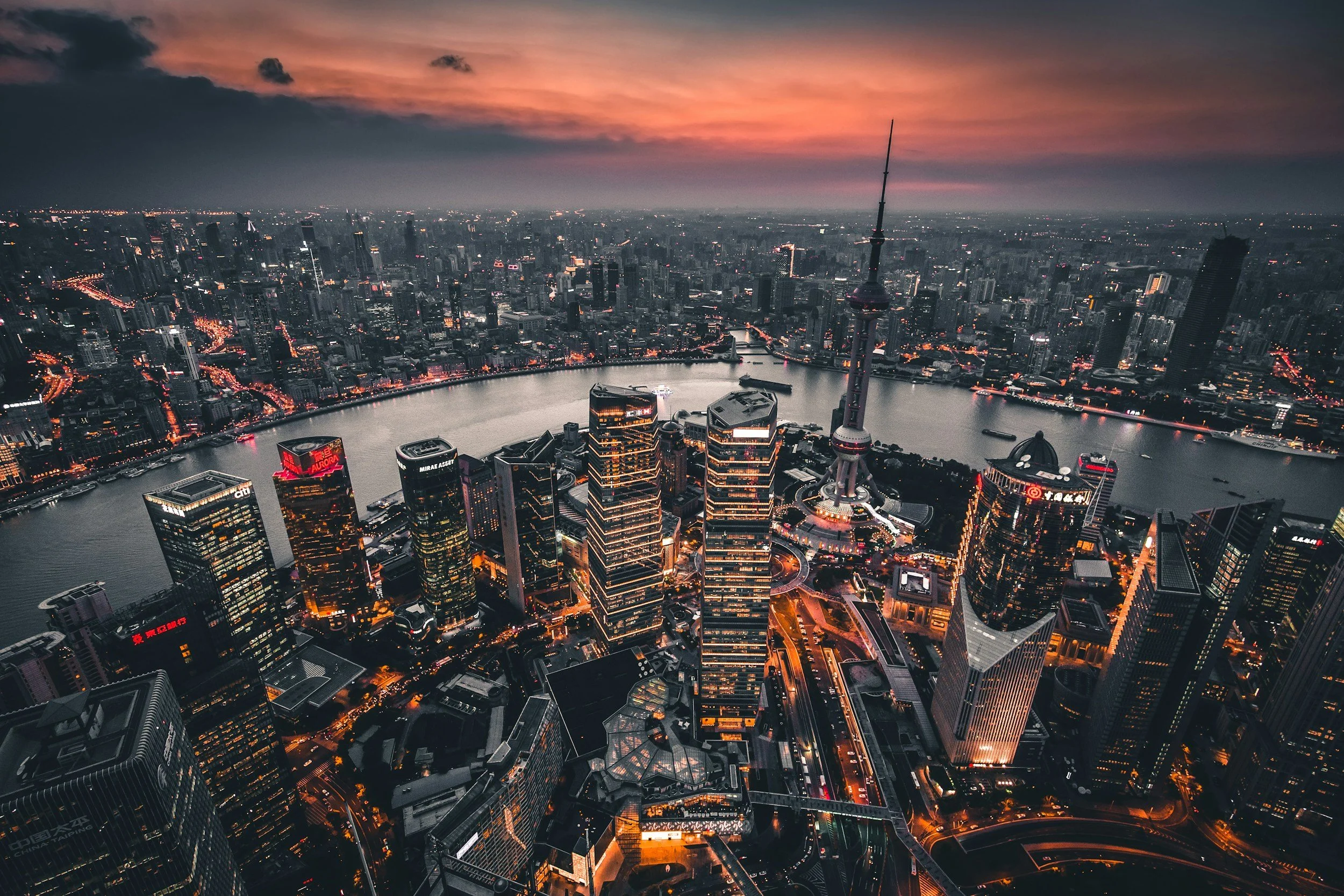Regions of China:
Mongol
Region
Han Region
Manchu Region
Tibetan Region
Silk Road Region
Han Region
Culture: The most populous and culturally dominant region of China. Here originated Confucian and Taoist traditions, Chinese writing, Chinese cuisine, and the classical forms of art, poetry, and government.
Ideal for: Introduction to historical, modern, and urban China. Daily life, technology, commerce, cultural heritage.
Key destinations:
Beijing: Great Wall, Forbidden City, Temple of Heaven.
Shanghai: Pudong, the Bund, Yu Garden, contemporary urban life.
Hangzhou: West Lake, tea culture.
Xi’an (though located near the edge of the Hui region): Terracotta Warriors, capital of ancient dynasties.
Tibetan Region
Provinces: Tibet (Xizang), western Sichuan (Kangding, Litang), northwestern Yunnan (Shangri-La), southern Qinghai (Yushu).
Culture: Tibetan Buddhism, monastic traditions, sacred mountains, deep spirituality, distinctive architecture and cuisine.
Ideal for: Epic landscapes, spirituality, Tibetan mysticism, pilgrimage.
Key destinations:
Lhasa: Potala Palace, Jokhang Temple.
Shangri-La (Yunnan): Accessible Tibetan nature and culture.
Litang and Sertar (Sichuan): Authentic monasteries.
High-altitude lakes, mountain passes, and glaciers: Sacred places filled with monasteries.
Silk Road Region
Provinces: Xinjiang, Gansu, Ningxia, Qinghai, part of Shaanxi.
Culture: A crossroads of Uyghur, Hui, and Persian cultures. Mosques, bazaars, adobe architecture, deserts, historic caravans.
Ideal for: Frontier culture, deserts, Chinese Muslim heritage, Silk Road history.
Key destinations:
Jiayuguan, Dunhuang (Gansu): Frontier of the empire, Mogao Buddhist Caves (history of Buddhism’s entry into China).
Kashgar (Xinjiang): Old Uyghur city, Muslim bazaar, ancient Silk Road hub.
Turpan: Ancient ruins, oasis culture.
Xi’an, Lanzhou (transition zone): Starting points of the Silk Road, Muslim cities.
Manchu Region
Provinces: Heilongjiang, Jilin, Liaoning (with influence in northern Hebei and Beijing).
Culture: Homeland of the Qing dynasty. Manchu and Russian influences, cold climate, industrial past, and boreal forest landscapes.
Ideal for: History of the late empires, Russian architecture, winter nature.
Key destinations (best in winter):
Harbin: Russian architecture, Ice Festival, wild nature.
Changchun: Japanese colonial history (Manchukuo), border with North Korea (Changbaishan Mountain), ski areas, hot springs in the snow.
Mongol Region
Provinces: Inner Mongolia (Nei Mongol), northern Gansu, parts of Heilongjiang.
Culture: Heritage of the Mongol Empire, yurts, equestrian and rugged nomadic culture, shamanic spirituality.
Ideal for: Nomadic experiences, horseback riding, steppe landscapes, Mongol Empire history.
Typical destinations:
Hulunbuir Grasslands: Living nomadic culture.
Ideally combined with the Gobi Desert and Outer Mongolia (proper Mongolia).
From remote mountain trails to cultural hidden gems, we design seamless, small-group adventures that combine exploration, and authentic local experiences.
Explore 11 Expeditions in China with Shambhala
January
Northeast China
Late March
The Tea Route
April
Ethnic China
May
Wild West I
Late June
Duku Highway
July
Mongol Crusades
August
Wild West II
September
Western Tibet
October
Trans- Taklamakan
November
Silk Road Frontier
All Year Long
China Digital Economy
Bespoke Expeditions
Create your own adventure — from private trips to company retreats, we’ll tailor everything to you.


